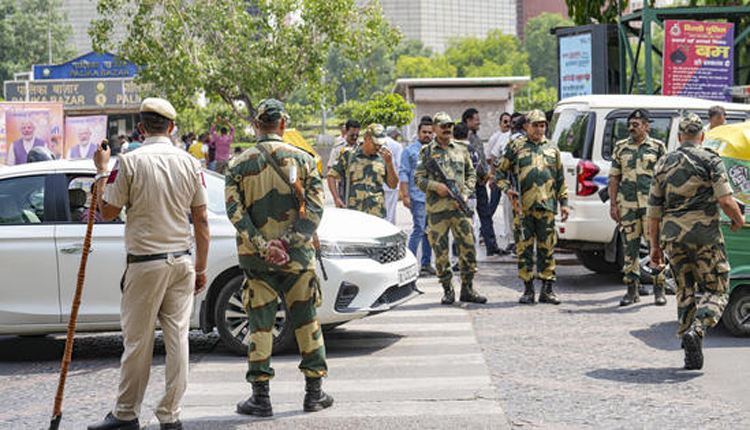New Delhi: The sprawling Indian Air Force exercise would stretch across the barren desert frontier. Beginning May 7th through the 8th of 2025, Rajasthan’s sandy plains would serve as the staging ground for this massive show of aeronautical dexterity. NOTAM advisories constrained surrounding airspace in preparation. Squadrons of Rafales, Mirages and Sukhois would all take to the skies, a shimmering armada demonstrating military readiness.
Tensions Had Soared
The drills followed a grim incident—on April 22nd, a Pahalgam terrorist attack cut short 26 innocent lives. India alleges the militant group Lashkar-e-Taiba, based in Pakistan, directed the grisly assault. In the aftermath, already strained relations between nuclear-armed neighbours fractured further. New Delhi suspended implementation of the Indus Waters Treaty and sealed border checkpoints. Meanwhile, Islamabad denied any role, cautioning of possible retaliatory strikes emanating from India.
A Strategic Display
This IAF exercise would serve to test the mettle of pilots and support crews, as well as the flexibility of rapid deployment logistics. The training objectives comprised complex day-and-night manoeuvres under simulated hostile conditions. Noted geointelligence expert Damien Symon highlighted the exercise’s scale by sharing restricted airspace notifications on various social media platforms. Concurrently, Pakistani forces staged their own drills near the Line of Control, creating an atmosphere of guarded brinkmanship.
Civilian Safeguards
In tandem with the IAF drills, India readied civil defence preparations across 300 locations on May 7th—including the capital city of New Delhi. Air raid sirens and evacuation contingencies would receive evaluations. The Home Ministry cited “novel and sinister threats” following the Pahalgam tragedy as motivation for bolstering population security measures.
Global Plea for Prudence
As tensions continued mounting, the United Nations and United States both urged restraint. UN Secretary-General Antonio Guterres cautioned that “military solutions will lead nowhere.” The potential conflict between the nuclear-armed neighbours alarmed international observers. De-escalating the volatile situation through diplomatic dialogue became an urgent priority.



Comments are closed.